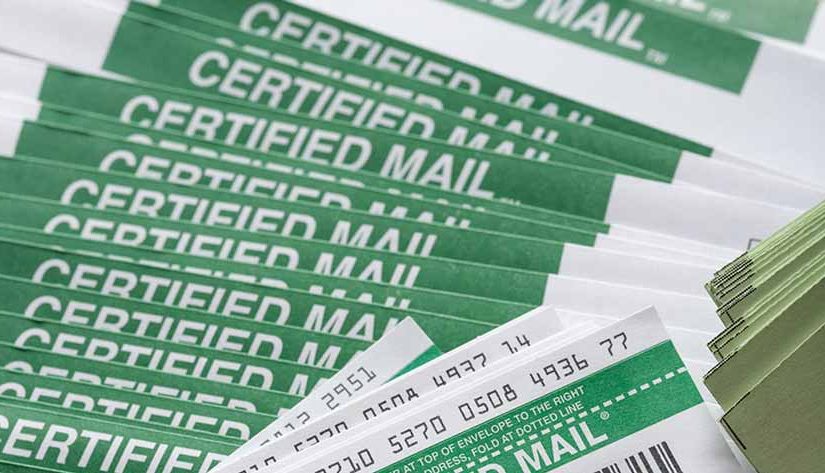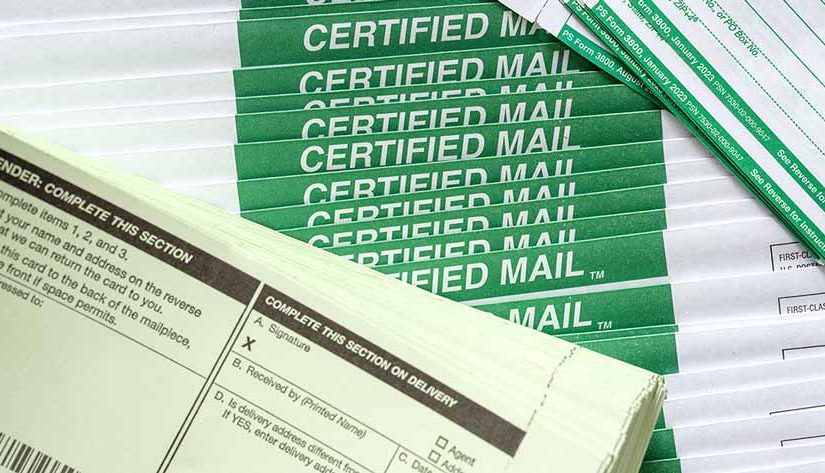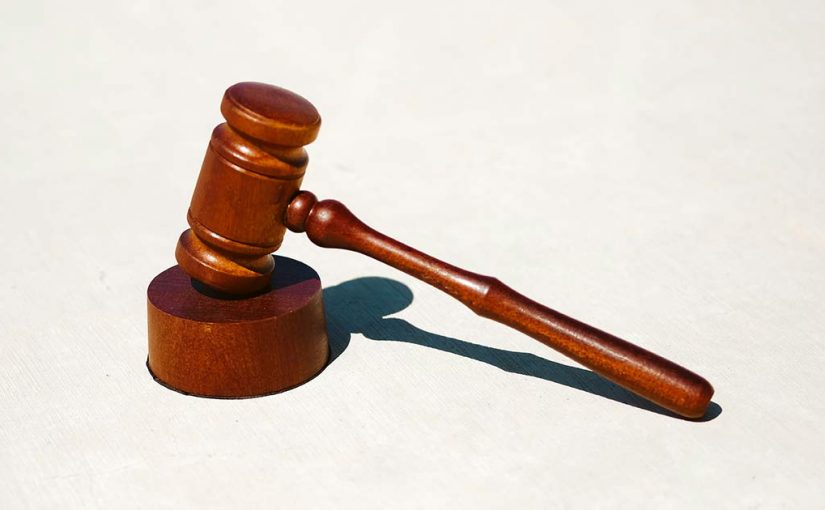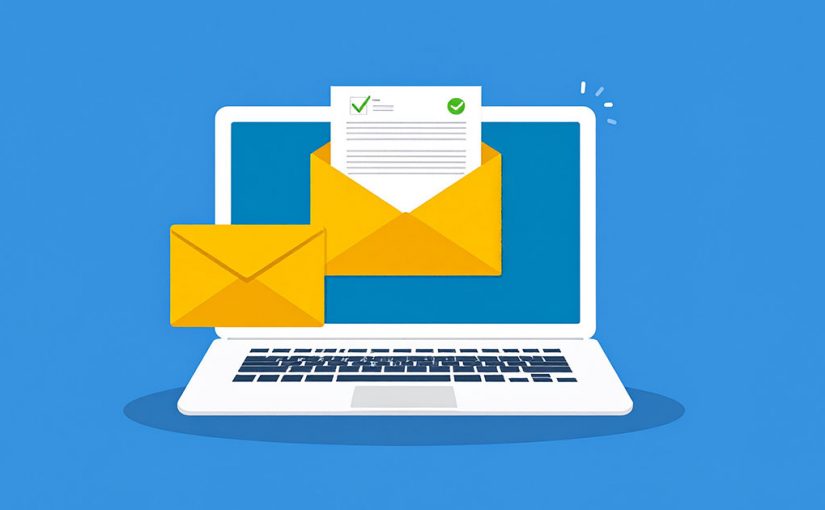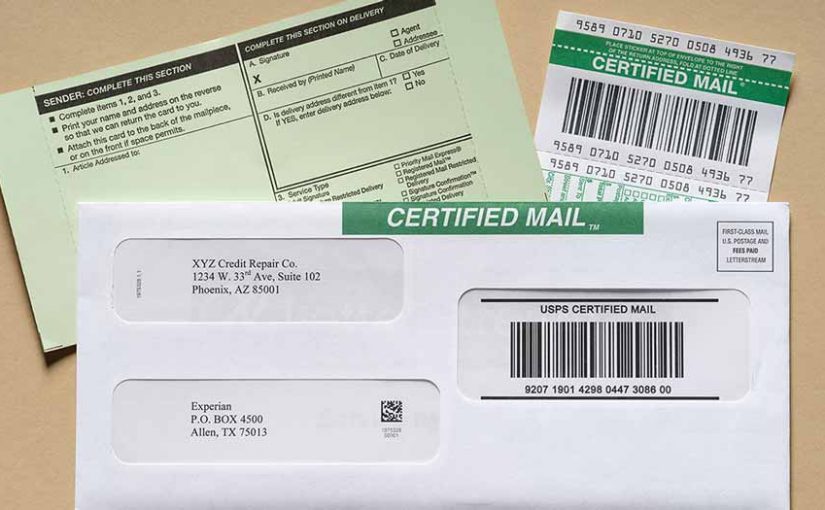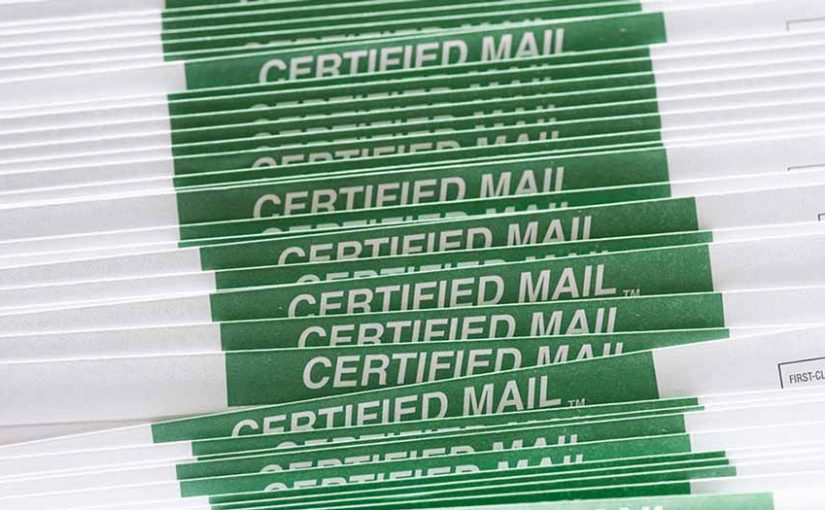If your company has a HIPAA Breach, you might be wondering, is it best to notify your clients through Certified Mail or First-Class Mail? The answer is Certified Mail, but there’s more to it.
When a HIPAA breach happens, every moment matters. The U.S. Department of Health and Human Services (HHS) requires covered entities and business associates to notify affected individuals “without unreasonable delay” — and no later than 60 days after discovery. But as every healthcare administrator knows, compliance isn’t just about timing; it’s also about how you send those notices.
So when protected health information (PHI) is exposed and you need to send hundreds or even thousands of notifications, one big question arises: should you send them via Certified Mail or First-Class Mail? The answer depends on your organization’s need for proof, accountability, and documentation — and how you use automation to streamline the process.
Understanding HIPAA Breach Notification Requirements
Under HIPAA’s Breach Notification Rule, affected individuals must receive written notice explaining what happened, what data was compromised, and how they can protect themselves.
But HIPAA doesn’t specify much about how those notices should be mailed — only that they must be sent by “First-Class Mail to the individual’s last known address,” unless the person has opted for electronic delivery.
That flexibility leaves compliance teams with an important decision: stick with First-Class Mail, which meets the regulatory requirement, or opt for Certified Mail, which provides proof that each letter was sent and reached its destination.
When First-Class Mail Makes Sense
First-Class Mail is the USPS standard for correspondence, statements, and compliance letters. It’s fast, cost-effective, and reliable — typically arriving within two to five business days (sometimes longer).
For smaller breaches (fewer than 500 individuals) or notifications where a simple record of mailing is enough, First-Class Mail is often the right choice. It checks the regulatory box and keeps costs manageable.
Best for:
- Small breaches or routine notifications
- Instances where proof of mailing (not proof of receipt) is sufficient
- Projects that prioritize speed and cost efficiency
With LetterStream’s print and mail service, healthcare organizations can send thousands of First-Class letters securely, accurately, and quickly — all while keeping PHI protected within a HIPAA-compliant environment.
When Certified Mail Is the Smarter Choice
Certified Mail adds an extra layer of protection and documentation. Each piece is assigned a unique tracking number, providing confirmation when it’s delivered (or when a delivery attempt is made). You can even request an Electronic Return Receipt for signed proof of receipt.
For large-scale breaches or when legal exposure is high, Certified Mail is often worth the additional investment. It gives compliance teams something priceless: a verifiable trail showing each person was notified.
Best for:
- Breaches involving hundreds or thousands of individuals
- Situations where proof of receipt is critical
- Times when regulators or legal counsel require detailed documentation
LetterStream’s Certified Mail online service removes all the manual work associated with green cards, Post Office lines, and physical filing. Each letter is tracked automatically, and your dashboard stores digital proof of mailing, delivery, and an Electronic Return Receipt if you requested it— ready for audits or compliance reviews.
Compliance Is About Proof, Not Just Postage
The real difference between Certified and First-Class Mail comes down to documentation. First-Class Mail means you know you sent the letter. Certified Mail confirms that you sent it and it was delivered.
In a compliance audit, that distinction can make or break your case. Regulators will expect evidence that every affected individual was notified — and if you can’t produce it quickly, it can lead to costly fines or extended investigations.
When in Doubt, Choose Certified Mail
In healthcare compliance or any industry where HIPAA is a factor, uncertainty costs far more than postage. If there’s even a small question about whether a patient received their breach notification, the safest path is Certified Mail.
That’s why many compliance officers and legal teams recommend using Certified Mail online for all breach notifications involving PHI. It’s not just about checking the HIPAA box; it’s about showing diligence, transparency, and commitment to patient trust.
The Takeaway
First-Class Mail fulfills the basic HIPAA mailing requirement. Certified Mail fulfills the need for proof and accountability. Both serve a purpose, but when the stakes are high, Certified Mail online gives you the security and evidence you need to satisfy regulators and protect your organization.
With LetterStream’s print and mail service, you can automate breach notifications, eliminate manual work, and prove compliance with confidence. Whether you’re sending 10 letters or 10,000, you’ll know your mail is documented, traceable, and secure.
To learn more about LetterStream, click here.
References
- U.S. Department of Health & Human Services (HHS) – Breach Notification Rule (45 CFR §§ 164.400–414)
https://www.hhs.gov/hipaa/for-professionals/breach-notification/index.html - U.S. Department of Health & Human Services (HHS) – Summary of the HIPAA Privacy Rule
https://www.hhs.gov/hipaa/for-professionals/privacy/laws-regulations/index.html - U.S. Postal Service (USPS) – Certified Mail Overview & FAQ
https://www.usps.com/ship/certified-mail.htm - U.S. Postal Service (USPS) – First-Class Mail Service Standards
https://www.usps.com/ship/first-class-mail.htm - Federal Register – Breach Notification for Unsecured Protected Health Information; Interim Final Rule
https://www.federalregister.gov/documents/2009/08/24/E9-20169/breach-notification-for-unsecured-protected-health-information
LetterStream offers bulk printing and mailing services allowing companies to send physical mail online. Whether it’s online Certified Mail, First-Class Mail, FedEx 2Day, or postcards, we give both small businesses and large corporations that time and freedom back to work on tasks that better serve the company. If you’re interested in creating a free account, you can do so here.





